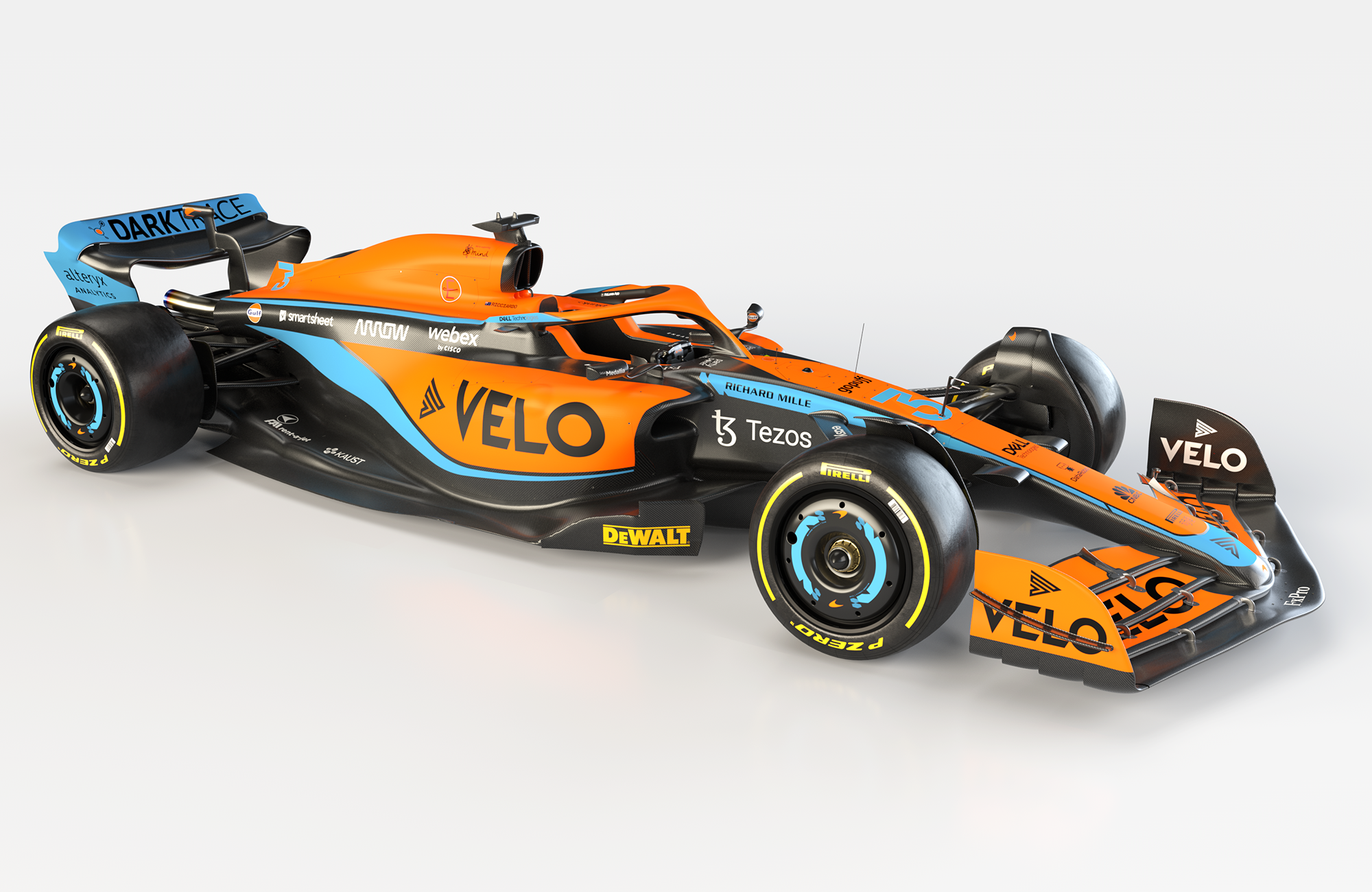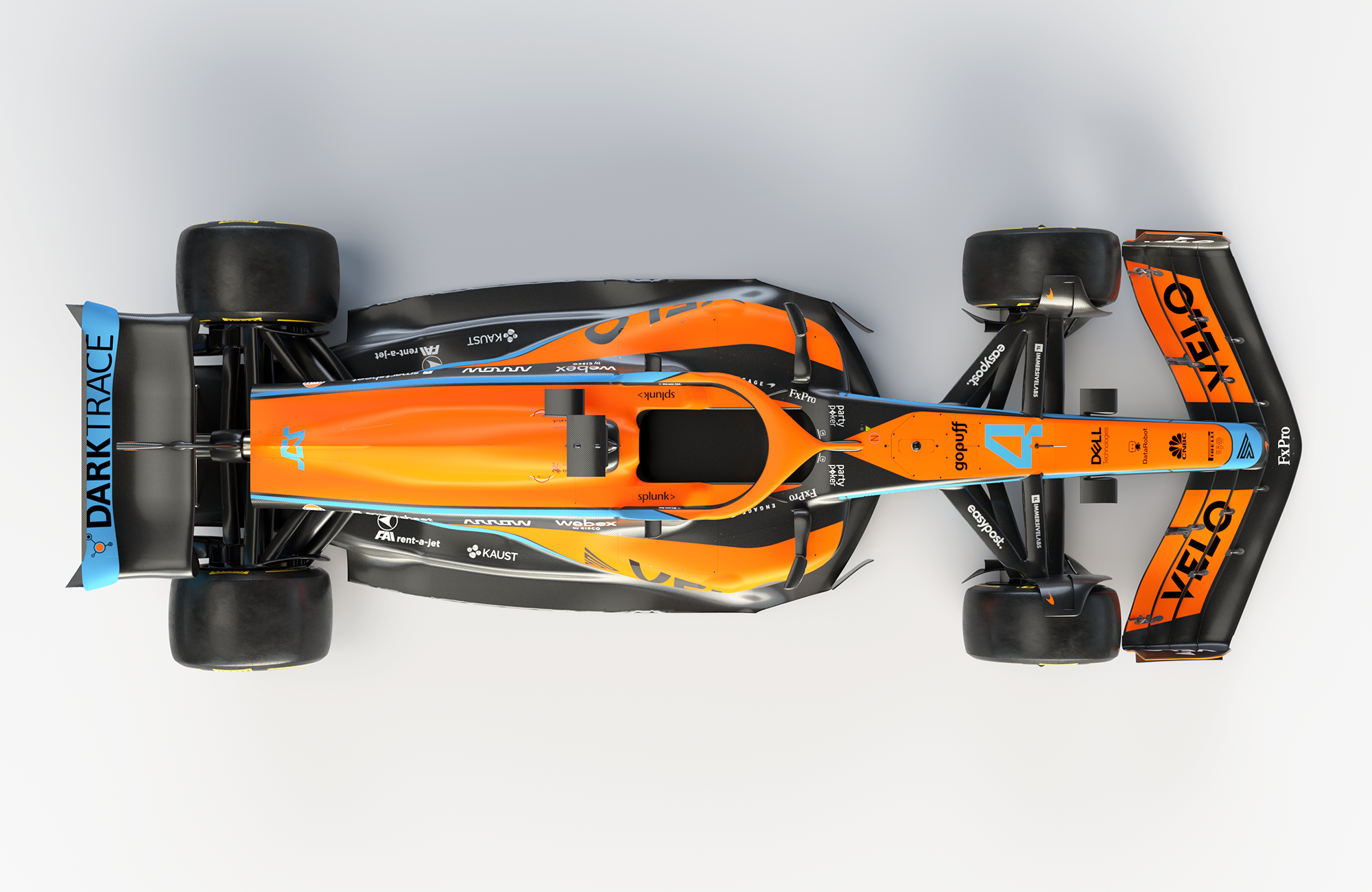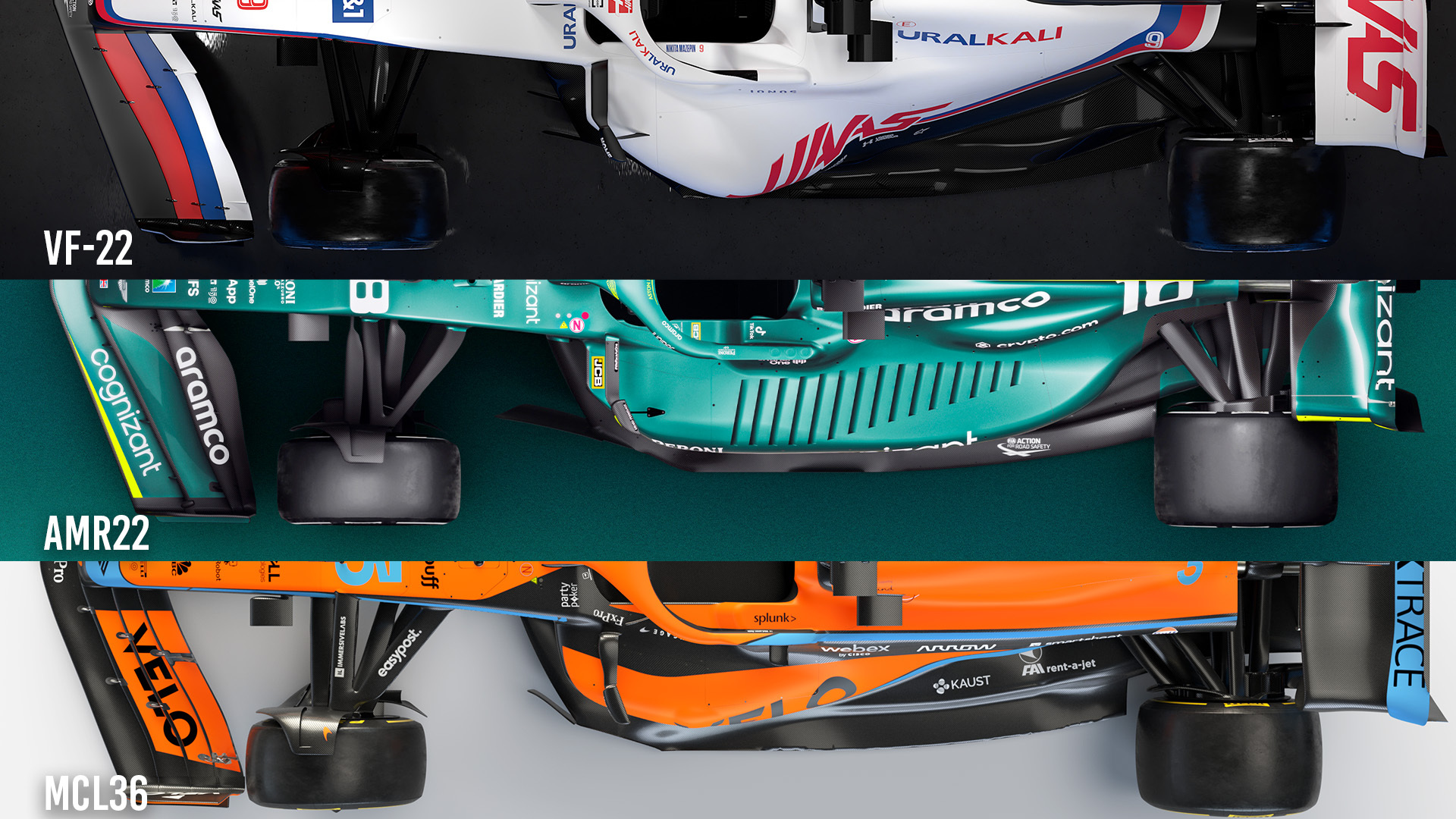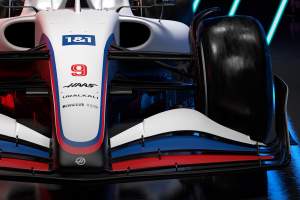Up Next

 McLaren technical director James Key describes the team’s newly-launched 2022 Formula 1 car as “future-proofed for development”.
McLaren technical director James Key describes the team’s newly-launched 2022 Formula 1 car as “future-proofed for development”.
The pace of development is expected to be rapid this season, meaning that Key sees the car as a good baseline to improve throughout 2022 and beyond. The new McLaren-Mercedes MCL36 is, therefore, a platform that will allow plenty of scope for improvement over the next couple of years.
Although teams always create the car with the best possible performance level, they also factor in what scope there is for future development to ensure that they do not get stuck with a concept that plateaus in terms of gains.
The extra dimension of the challenge all teams face this year is the cost cap, which means the deployment of upgrades must be done with maximum efficiency, creating an additional challenge that Key – who has experience as technical director at smaller teams such as Force India, Sauber and Toro Rosso – is relishing.
“With our car, we’ve made an effort to try and give ourselves a platform which is very well future-proofed for development, so it offers opportunities beyond just getting the here and now right,” said Key.
“We’ll have to see how that goes, but there’s still plenty more to do at this stage. It comes down to what your development strategy is in terms of introducing things. The longer you leave something, the quicker the car will be when it’s going on but you spend more races without that performance gains.
“That’s what the cost cap forces you to do, which is a good thing because you have to think smartly and think about the most efficient way of doing it.
“Having worked with smaller teams in the past myself that’s familiar territory for me and I don’t mind having to make those decisions because it’s all part of the game.”
Despite the tight regulations, Key believes there is still significant development potential in the cars built to the new regulations.
Historically, the development rate has always been rapid in the early days of a new set of regulations before teams tend to converge on a similar approach.
Although there were concerns the new cars would all look the same, the early launches have at least proved that there will initially be some variations.
“There’s so much development potential still in these cars and less of a philosophy of how these cars work,” said Key. “That’s going to emerge over time.
“But it’s never too late to catch up if you’re on the back foot or for that matter drop back if you start very well.

“The season’s going to ebb and flow. It’s going to be very transient as to who is there on the day as we progress, so the pecking order probably will map out later in the season than the first race.”
The car that McLaren revealed in its launch last Friday is a genuine machine and the one that will be used for the planned shakedown close to the start of pre-season testing at Barcelona on February 23, although Key did admit McLaren has “hidden a few bits and pieces”.
Once the car does hit the track, McLaren and rival teams will work through validating the correlation between the car’s on-track performance and its various simulation tools before building a picture of where it stands in the competitive order.
According to Key, the third step is to integrate ideas gleaned from rival teams that could influence its own development path. He suggests that the tightly prescriptive rules will mean it is easier to take inspiration from rivals given there will not be much variation in the fundamental car concept.
“There’s three phases,” said Key. “The first is learning your car; does it correlate, does it do what you expect it to do? That will give an immediate direction on how you want to develop and how you want to move forward.

“The next is getting a rough idea of where you are. I think that will change dramatically through the season anyway, but getting a rough idea may bring some developments that you’ve already got in process now forward.
“Then there’s all the information you’ll get from the nine other teams. They’ve all faced the same challenges and problems that we have to try and squeeze as much performance out of a set of regs, which appear to be simpler but actually are surprisingly complex in nature.
“Looking at what others are doing and where trends are beginning to emerge will influence all of us to what we do next.
“The other thing is that there’s probably a bit more transferability of ideas on the 2022 car.
“You’ve got a much more restricted set of regulations, so it’s not like there’s fundamental philosophical differences between cars, they are all going to be reasonably similar so it means that at this stage of the game looking at each other’s cars to spark ideas which really do work on your car.
“All teams will be looking very keenly at each other.”

The McLaren was only the second car to be revealed given the Haas was unveiled only in the form of renders and the Red Bull was a show car. It followed a day after the Aston Martin AMR22, with obvious differences in the sidepod treatment of the two cars.
The Aston Martin features a dramatic undercut sidepod but a long upper part of the sidepods with the cooling louvres in the top surface. McLaren has sidepods that narrow and disappear far earlier, with the cooling exits primarily in the centre part of the engine cover.
Key indicated McLaren had evaluated this path and stressed that, despite significant visual differences, the objective of both designs is the same. It’s about maximising the airflow across the top of the floor and to the top of the diffuser.
“It’s nice to see that level of diversity in the space of three car launches,” said Key when asked by The Race about the different sidepod approaches. “It shows that some of the fears people had of everything looking identical isn’t necessarily the case.
“There’s a couple of different philosophies there, but it’s all trying to solve the same problem. It may be that we see several ideas that evolve on the bodywork side of things which try to do the same sort of thing.
“The wider sidepod is not unfamiliar to us, we’ve just decided to tackle the same aerodynamic problem in a slightly different way.
“We’ll probably see other philosophies and other ways of doing things as other cars launch. There’s going to be some trends that properly establish themselves over time and we’ll find that those ideas and philosophies will being to become more commonplace.
“But to begin with it’s a bit of an unknown.”








